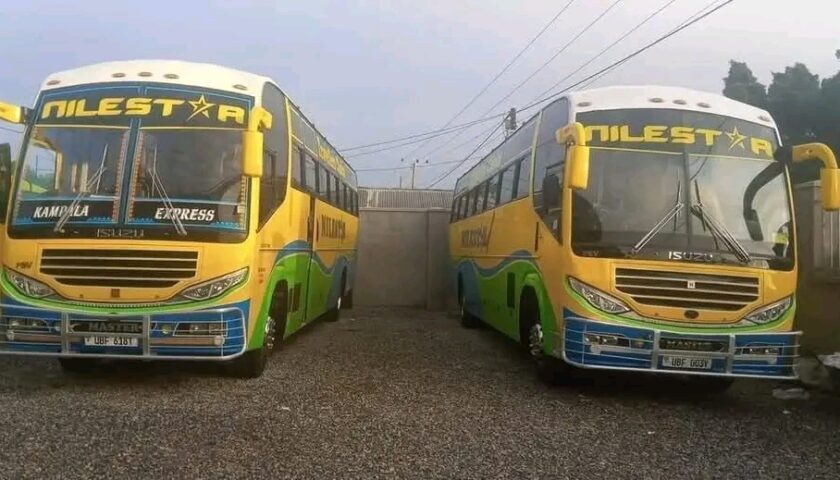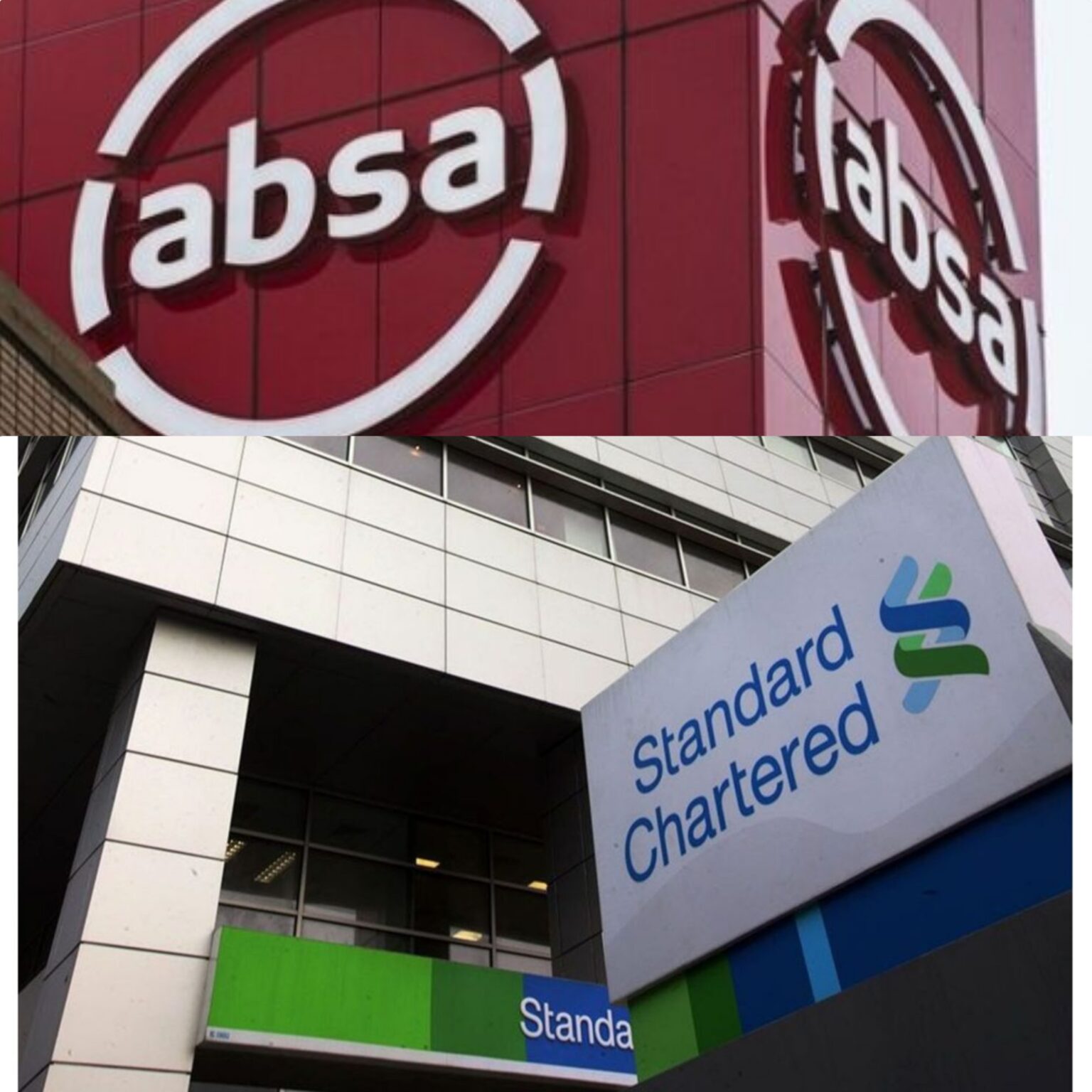Uganda’s transport system: How can we, the people of West Nile, support Nile Star Bus Company — a company that has stood with us, served us, and done its best to keep our people connected across the country?
This is not to discredit other bus companies like Nile Coach, California Bus, Baby Coach, Link Bus, Friendship, YY Coaches, and the pace-setter for modern transport in West Nile, the legendary Gaagaa Bus, known for its discipline and excellence since the early 2000s.
And then, there came KKT Bus, with the same discipline and business model. We all remember how efficient and smooth parcel services were. Before them, we had ANK Bus, Fly Way, Lowi, Gateway, ZERAF Coaches, NKK Bus, among others — all of which played their part in shaping the region’s mobility story. Buy today, Nile Star is facing ridicule and challenges not because it has failed, but because it has chosen to serve — even when overstretched and the odds are against it. They are helping us, not exploiting us. They are helping us, not killing us.
Many strong businesses in our region have collapsed before our eyes, yet the government has never stepped in to support them. Could it be that West Nile is deliberately being ignored because it did something bad to the fountain of honor somewhere — because the region still suffers silent neglect? I do not know for sure. Maybe it’s another reason. But I have witnessed how we struggle for better roads, reliable electricity, and basic infrastructure.
What it means for Uganda’s transport system
The transport business is one of the hardest to sustain. It faces daily risks, high operational costs, and constant wear and tear. Yet, it is also one of the most essential for connecting people, goods, and opportunities.
That is why I am making this wake-up call to all influential persons, leaders, and well-wishers from West Nile. Let us stand together to support Nile Star Bus, to protect it from collapsing under the weight of challenges. Because the day Nile Star closes, West Nile will lose more than just a bus company. We will lose a lifeline.
The cost of inaction
Do we realize how many people travel daily between West Nile and the capital, Kampala? Or how many others journey to and from DR Congo, South Sudan, the Central African Republic, among others, through our routes?
If this flow of movement is disrupted, thousands of livelihoods and businesses will suffer.
Can our people of knowledge and influence come together to design a sustainable support system for transport companies in West Nile?
Ugandan roads are, frankly, a design disaster — very narrow, dangerous, and poorly maintained. Two-lane roads that cannot handle the growing traffic continue to claim innocent lives. Add to that indiscipline, over-speeding, reckless overtaking, drug abuse, and fatigue — the results are tragic yet avoidable.
Imagining a better system
Imagine if the government offered a low-interest loan (2% per annum) to a company like Nile Star to buy 30 new buses for the West Nile–Kampala route. Or if the same facility was extended to KKT, Gaagaa, and other struggling bus companies. Or better still, imagine if the government built a proper highway to West Nile. Some of these disasters we witness could have been avoided.
With good roads, even the surplus buses from Western Uganda — currently fighting for passengers with small taxis — would naturally extend their routes to West Nile, easing transport pressure for our people, since there is a huge need that Nile Star cannot hold alone.
Transport: The backbone of development
Efficient, safe, and integrated transport systems are the backbone of economic and social development. They connect people to markets, schools, hospitals, and opportunities. They attract investors, strengthen trade, and promote national unity.
Governments that prioritise transport infrastructure lay the foundation for industrial growth, trade competitiveness, and inclusive development. Uganda can take inspiration from nations like the Netherlands, where the government invests heavily in public transport — trains, trams, and buses — making travel cheaper, safer, and accessible for all. Instead of overcrowded taxis, you see large public buses and trams covering every route in a city or municipality, while smaller vehicles handle airport transfers and special services. Why can’t Uganda — and specifically West Nile — have a similar vision?
Prayers and action
We recently witnessed one of the worst accidents in the country — reportedly involving a driver of Nile Star Bus who had served for six years without a single incident, and who had just returned from refresher training. Sometimes, accidents are simply accidents. No one prays for them, and even the most disciplined driver can encounter an undisciplined road user.
We pray for safety. We pray for Nile Star Bus to overcome these challenges and continue serving our people.
We pray for Gaagaa Bus, KKT Bus, and others to rise again and restore balance in the transport sector. But prayers alone are not enough. We need deliberate action — from the government, from leaders, and from all of us. Because when transport collapses, development collapses. And when West Nile’s buses stop moving, so does West Nile’s heartbeat.
Opinion By: Asiku Denis
Geospatial road traffic researcher & concerned citizen from Manibe


